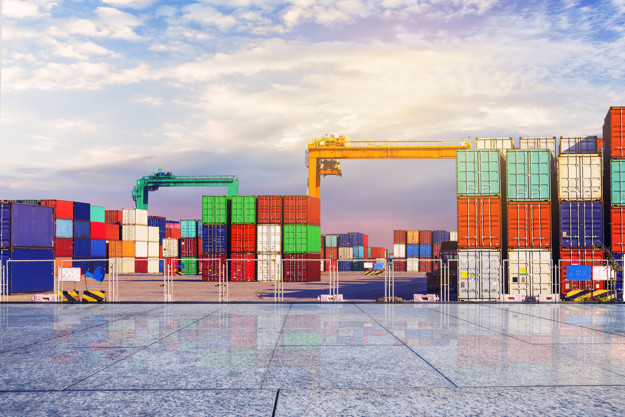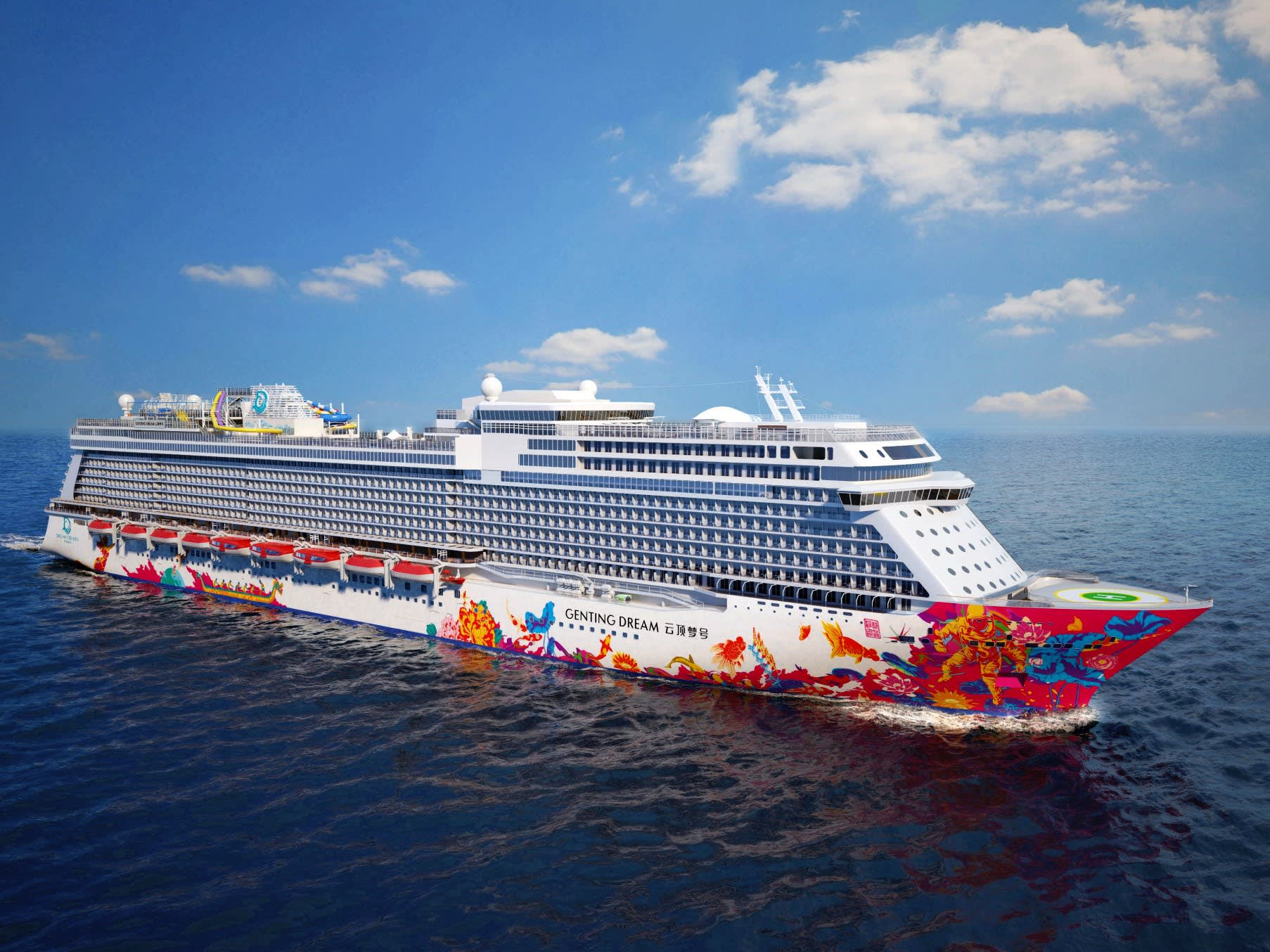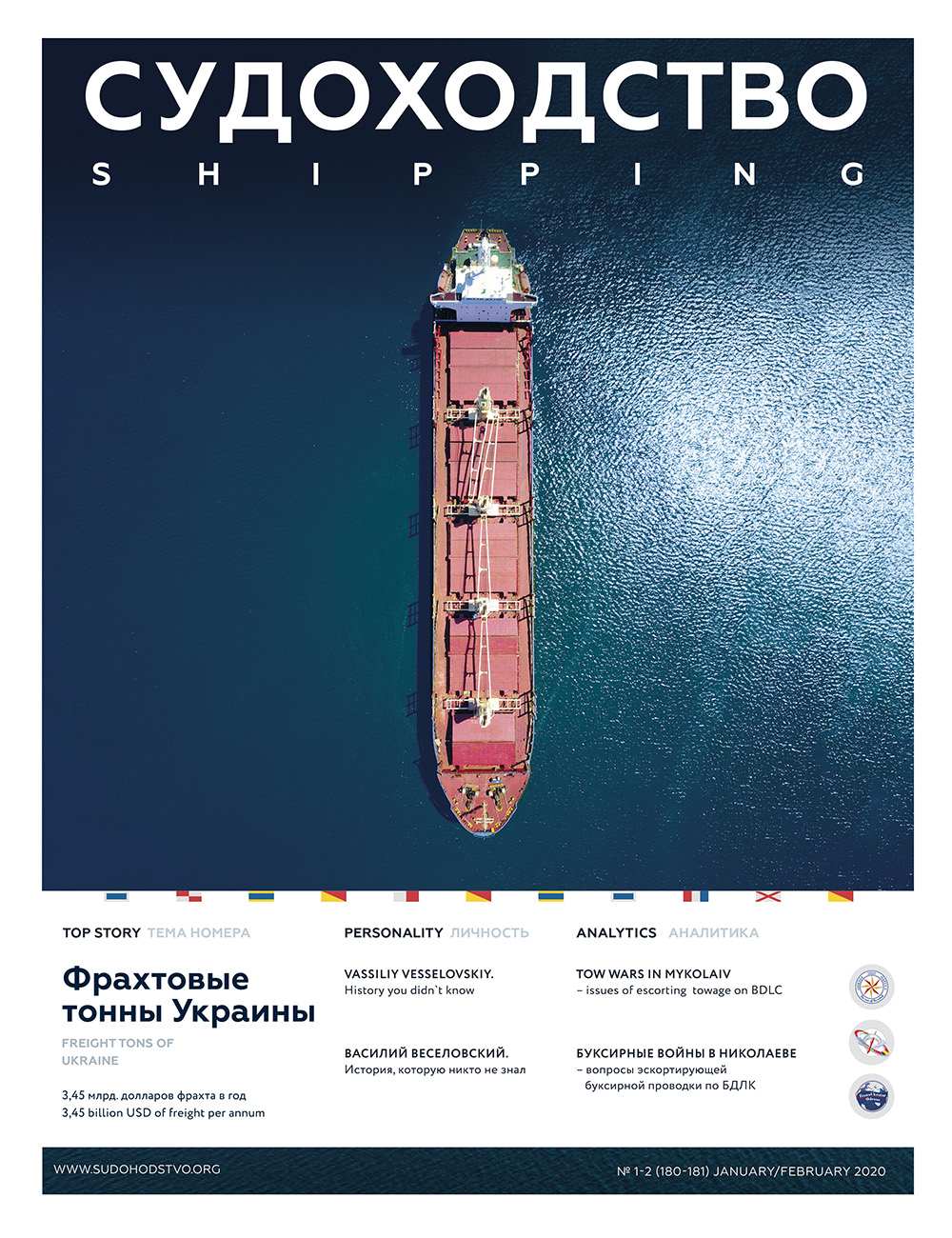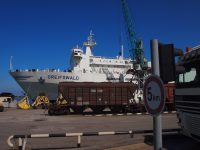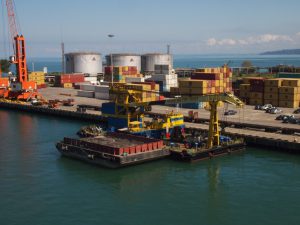The growth of 3D printing could impact shipping volumes in the region of 10% by 2040 according to research by Singapore academic institutions.

3D printing has been flagged as a disruptor for container shipping replacing offshore manufacturing exported around the globe with products made closer to consumers, or even by consumers themselves at home. However, to date apart from some alarmist presentations, there has been little hard data to quantify what the real future impact of 3D printing might be on the global shipping industry. Informs about this seatrade-maritime.com.
Associate Professor Goh Puay Guan, Analytics and Operations for NUS Business School, presented joint research by Nanyang Technological University (NTU) and National University of Singapore (NUS) at the Singapore Maritime Institute Forum on Wednesday morning.
At present 3D printing volumes are very small – just 0.02% of global manufacturing – so the impact is not visible on shipping volumes as yet. However, Prof Goh painted a picture of growth similar to that of e-commerce. He noted e-commerce had been around since the mid-1990’s but it’s only in the last 10 years that its large-scale impact has been felt on the retail sector.
According to Prof Goh the impact of 3D printing will probably start to be seen from 2030 as 3D printing becomes a substitute for mass production. Based on a 3% growth in shipping volumes a year a couple of different scenarios were modelled.
A 10% reduction in shipping volumes by 2040 is seen as probable, with a range of impact between 5% and 20% by 2045.
The raw materials used in 3D printing would not substitute the shortfall in manufacturing volumes as the wastage from materials used in additive manufacturing is much lower than traditional manufacturing.
It is also understood that the drop in raw materials usage would have more impact on dry bulk shipping with the resin type materials used in 3D manufacturing more likely to be shipped in containers than bulk carriers as raw materials are at present.
The shift in production to 3D printing would also likely see a fragmentation of the supply chain with less consolidation of volumes than is seen at present.
The projections are important to countries such as Singapore which is investing $14.5bn in its next generation container terminal Tuas Port with a planned capacity of 65m teu a year by 2040.


